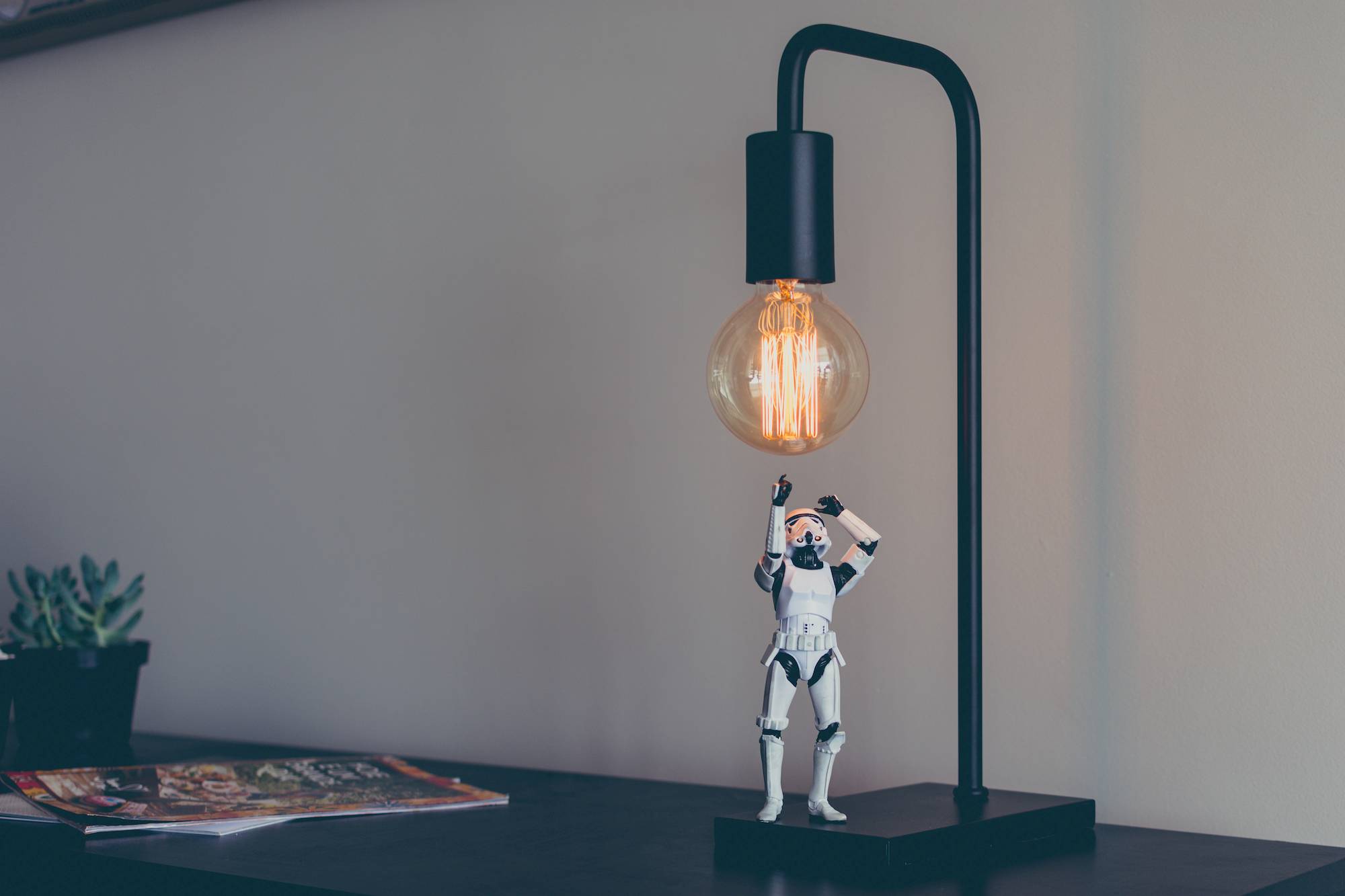If Hollywood movies tell us one thing – it’s to ‘never give up.’
But film-makers should know that a tactical fall-back is far more realistic! There’s no shame in it. Some of our most ambitious creative inventions need to be reassessed and redrawn from scratch.
So, when it comes to building an online masterpiece, you need to know the signs. I’m here to tell you when to redesign your website.
When to Redesign Your Website
The fact is, it’s a simple and complex answer. That’s because there are objective and subjective reasons. When to redesign your website isn’t a matter of glitz and glamour – there are mainly functional considerations to make too.
There are, of course, many motivators for improving your site. Some of these can be to increase conversions. Whereas others are because you’re pressured to boost lead generation. Or, just as importantly, you might need to upgrade your site’s performance.
The Reasons
Let’s take a look at some of the reasons for making the ultimate redesign of your website. These all come from experience, so you might even get inspired to act!

Old School Architecture
Some sites make it impossible to add new content. And the culprit for that is an abundance of old and redundant elements and information. Many clients will ask for an update of the site – but when a site becomes too large and contains outdated information architecture – then a simple fix in those cases wouldn’t cut it.
Adding new menu elements, for example, would become too difficult to navigate and simply become too hard to scale. In those cases, the architecture would need to be re-thought from scratch.
Design Concept
It doesn’t take a UI expert to know when your site might have an outdated feel to it. Some of the world’s most popular brands feature portals that feel more like time machines programmed to – sluggishly – take you back into a less-technological era.
Be aware that competitors notice this and are meticulously taking steps to adapt to demand and optimise their sales. When it comes to being online, every industry is a competitive industry.
Mobile Unfriendly
It’s unavoidable – mobiles dominate online browsing. With a 50% share in all web browsing worldwide, an unprepared site risks losing a decisive market share. I cannot stress enough the need for your site to adapt to mobile and tablet formatting.
Low Search Engine Rankings
They say that page 2 of Google results is worse than invisibility - that’s cynical, yet brutally true. A lack of cohesive SEO strategy can make your site effectively non-existent on the search giant or other local search engine.
Advertising is a shortcut, but to appear ‘organically’ will ensure the credibility that your brand is one of the forces for good in this world. But that takes commitment, brand new content, and possibly even a redesign of your page – to make room for these elements, of course.
Company Rebranding
You’ve updated your firms livery and are ready to show it off to the world. Where better to communicate your redesign than on your website? After all, this is the flagship media for your company and should be the first point-of-call for your new logo, colours, fonts, and identity.
No matter what, your website should be the top priority space for your company rebranding. It should take place swiftly and take precedence before social media, letterheads, or other traditional media.
More User Friendliness!
When you dig into your site’s analytics – you might be distressed at your findings. However, there are objective indicators to the success of your website and its goals. These could be low conversion rates, short time spent on a page, and high bounce rate.
Sometimes, this reflects poor interaction – in which case our articles can certainly help. Sometimes, it’s an aesthetic issue. But other times, it might be a profoundly technical one. This might result in slow loading times and heavy lagging. When this takes place, your credibility could be at risk – and it might be time to take action.
Fun fact: each 1-second delay in loading kills 7% of conversions. According to the same study by Missouri S&T University in the U.S., 47% of users believe an ideal site should load in 2 seconds or less.
3rd-Party Add-Ons
Some integrations that once upgraded your site might now be weighing you down. For example, outdated widgets could affect the in-site experience; embedded media platforms might be easily outperformed by rival sites, whereas legacy payment systems for e-commerce could be susceptible to malicious activity – or simply lose users’ trust.
What You Can Do
In all, you need to make your new site visually and functionally consistent. It should, in effect, be easy to maintain for other developers and site managers –to survive throughout the ages. Who knows, a well-designed site could survive the apocalypse.
But effectively, your task is to keep it as simple as possible. Make it intuitive so that admins can expand on the content and features and future-proof the site.
Bounce Rate
Some other sharp considerations would be to deflate the bounce rate. This means keeping people clicking within your site. For this, you need to take time to understand why people are leaving at the current rate. From A/B testing to heat maps, there are plenty of ways to optimise your site!
Target Market
Take note of your current audience too. While half of all browsing is carried out by mobile – 60% of internet searches are now done through mobile devices. Yes, this might involve re-thinking a site from the beginning – or changing some of your most prized media. But to attain this customer base, you need to take steps to reformat. First, identify for whom your site is designed and decide if the content is focused on the customer or businesses.
Update Your UI
It’s good to keep ahead of the trends. Text-heavy pages are unfortunately no longer in style. But while written content will always have a place, sometimes there are even better ways to tell your story once the time comes when to redesign your website. Customers are as sophisticated and tech-savvy as ever – meaning an outdated website could suggest an outdated business! It’s best to refresh your content regularly, with simplified messaging, professional imagery, and video content too.
Upgrade Your 3rd Party Apps
Of course, you shouldn’t abandon widgets and payment systems! But you do need to upgrade them from time to time. Look into the latest versions of your favourite add-ons, and ensure they remain protected and popular with users. If you have an active Instagram account – consider integrating this as well.
Final Thoughts
There are four main reasons to decide when to redesign your website. From outdated UI, catastrophic UX, low conversions, or – and this one’s my favourite – a combination of all three.
But to put it simply, some sites are just ‘too hot of a mess’ to even deal with. Old sites are often becoming a quagmire for developers in terms of content and structure. On the other hand, new sites can be done according to the best UX and UI practices. Thanks to that, it will become easier to keep sweet, sweet order in the future.
When building a new-and-improved version, adding consistency to the site, like a Style Guide or Design System, will take it a long way. Unfortunately, many older sites don’t respect such approaches, with enough buttons and graphics to make a bowl of spaghetti look like a Swiss watch.
Analytical tools are vital too! Growth-driven site design can also help you make the most of your new creation. By using real-time data, you can monitor your site’s performance over months and years and identify the issues before they generate other consequences.
Above all – look around! Assess the market, and look at what your competitors are doing. Research new designs and styles, and let data-based insights be your driver for continuous improvements to your work. If you’re looking for inspiration, check out our other article on branding, conversion rate optimisation, and UX improvements too!




